It’s a common question we get asked when customers are exploring outsourcing IT support…”What’s the difference between first line and second line support?”
Most IT service providers tier IT support so that customers can choose the level they require. Whether providing services for customers or for staff, these tiers are referred to as 1st line, 2nd line and 3rd line. You may also come across 4th line too.
At the core of any IT service desk is first line and second line. These are the levels that cover most issues raised by your user community, with the highest ticket volumes for IT related problems.
What is first line support?
When a user reaches out for IT support, as the name suggests, they come to first line. 1st line service desk analysts can handle most everyday requests and IT issues, and will aim to resolve these at first point of contact. While 1st line service desk analysts are by nature generalists, they will have excellent knowledge of the tools your user community uses to ensure common problems don’t need to be escalated. If your organisation sells a technology product, 1st line analysts should receive sufficient training to be able to resolve many of the common issues related to your product or service.
If a support ticket requires more technical expertise, or if the 1st line analyst is unable to resolve it, they will triage the issue and escalate it to second line support.
What is second line support?
IT issues that are either too technical for 1st line analysts or are more complicated and time consuming are dealt with by second line analysts. IT service desk companies like ourselves may provide both 1st and 2nd line support to a customer, or any combination.
For example, a company using Microsoft 365 for most workflows and tools may want to outsource both 1st and 2nd line so its employees can access expert IT support without becoming a drain on the internal IT team’s time. Whereas another company may have sufficient resource in-house to manage 1st line tickets, but needs more specialist technical expertise for 2nd line. Conversely, a company offering their own SaaS product may find it’s more cost effective to outsource 1st line for high volume tickets, but 2nd line is escalated back into the business for its dev team to handle.
Whether you outsource IT support or not, it’s worth splitting tickets between first line and second line support to provide your user community with a more streamlined and effective service. All tickets raised by your users should go first to your 1st line service desk where they are either quickly resolved or triaged and escalated to 2nd line. This ensures you focus the right level of resource, technical expertise and financial investment, on the tickets your user community generates.
Third and fourth line support
In case you’re wondering what 3rd and 4th line IT support involves, here’s a brief overview of the kind of issues and areas they cover:
3rd line tickets: Advanced Server/Infrastructure/Network support. Input into your IT Strategy, Risk Register compilation and ongoing management, Problem Management.
4th line tickets: Escalations beyond your organisation. This can typically include hardware and software vendors or a very specialist or advanced technical support team and IT consultancy.
0 line IT support
Finally, tier 0 (T0), level 0 (L0) or 0 line, refers to self-service IT support. This includes FAQs, knowledge banks, Chatbots and others tools that help your user community find answers to common problems.
Putting in place 0 line support is a great way to reduce demands on your 1st line team as many tech-savvy users are very happy to resolve basic issues for themselves. However, if you’re outsourcing 1st line tickets make sure that your IT service provider is doing more than offering 0 line support. 1st line analysts should bring to the table a wealth of IT expertise, not just the ability to follow self-service step-by-step instructions!







